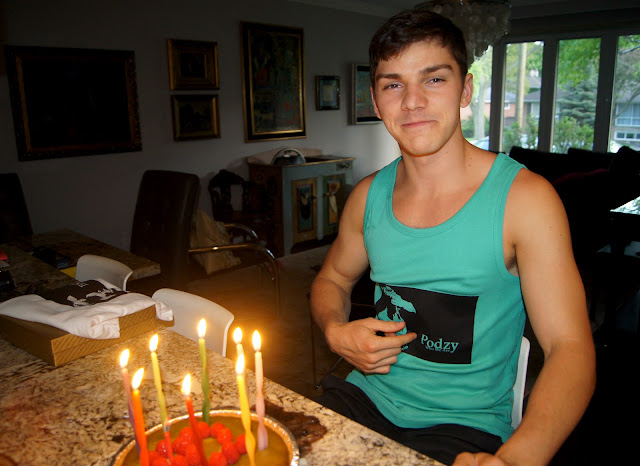Irving Penn
"Sensitive people faced with the prospect of
a camera portrait put on a face they think is one they would like to show the
world… very often what lies behind the façade is rare and more wonderful than
the subject knows or dares to believe”, a statement made by Irving Penn in 1975.
Irving originally strived to be a
painter, and studied design at the Philadelphia Museum
School of Industrial Art from 1934 to 1938. Irving got as far as being an
advertising director at Saks Fifth Avenue, before he left on a trip to Mexico
for a year to work on painting. His return from Mexico was a turning point in
his life, as he gave up on painting and honed in on photography. Irving accepted
a position at Vogue to draw illustrations for the cover, which eventually
turned into photographing cover images. Opposing to other photographers he
worked with, Irving preferred to work with less-controlled situations in the
studio. Irving Penn’s style of photography really intrigues me, as it
incorporates mainly black and white, and has a romantic, serious, and mysterious
tone to it.
The
romantic style is apparent in almost every picture of Irving’s, as the dominant
triangle is ever present. A triangle composition in a photograph signifies a
stable, but also dynamic subject, which relates to the world of emotions. In
his pictures, Irving positions some of his subjects in the form of a pyramid or
triangle. In addition he uses mainly black and white photography, which is very
moody, and really helps set the romantic tone, resulting from less distraction
from various colours.
Irving
Penn used black and white photography, which is the perfect medium
for portraying sentiments and emotions. By utilizing black and white, he is
able to capture the depth of texture in a wide array of finishes, as there is
no distraction from colour. Irving mainly uses high contrast in his photography,
aiding in conveying the message of strength, power and authority. In order to
provide a more serious tone or theme to a serious subject, he utilizes higher
contrast, enhancing prominent features. Black and white allows you to capture a
simplistic image, with accents of detail, such as the texture of skin,
clothing, or reflective surfaces such as glasses.
Through the lens of Irving many of the
photos he composed evoke a sense of mystery. The varying subject matter, have
depth to their stature, displaying underlying emotions. In order to evoke some
of that mystery, Irving used portable studios to retain the austere
studio feel of his images. The subject matter he chose to photograph, were in
themselves mysterious, a biker, tribal members, masked people, etc.
Irving Penn displayed his extraordinary capacity for work,
versatility, inventiveness, and imagination in a number of fields including
editorial illustration, advertising, photojournalism, portraits, still life,
travel, and television. He is able to take a typical picture, and make it seem
so unique, or on the other hand take an unusual picture and make it seem so
casual and typical. His ability to capture the perfect pose through using black
and white photography, and his mysterious, serious style is what really
captures my attention when viewing his work.
``````
aperture: f/3.5
shutter: 0.4
ISO speed: 80
camera: Sony Cyber-shot DSC-T900
aperture: f/3.5
shutter: 0.4
ISO speed: 80
camera: Sony Cyber-shot DSC-T900
aperture: f/3.5
shutter: 1/2
ISO speed: 80
camera: Sony Cyber-shot DSC-T900
In my emulation of Irving's photography style, I used high contrast, a plain background, an interesting subject matter, and a serious/mysterious tone in the picture. I believe my emulation is pleasing, as all of the elements I incorporated, are the ones I believe that Irving's pictures are composed of. I
couldn’t quite get a studio setting alike to Irving’s, in my house, but I did
incorporate the theme of the picture into the surroundings. The carpet in my
photo ties in with the karate theme, as mats, and carpets/rugs are used for
practice in karate. Irving, himself actually used an old rug he picked up in a
shop and used it as a portrait prop for about 3 months.
``````
Bibliography














